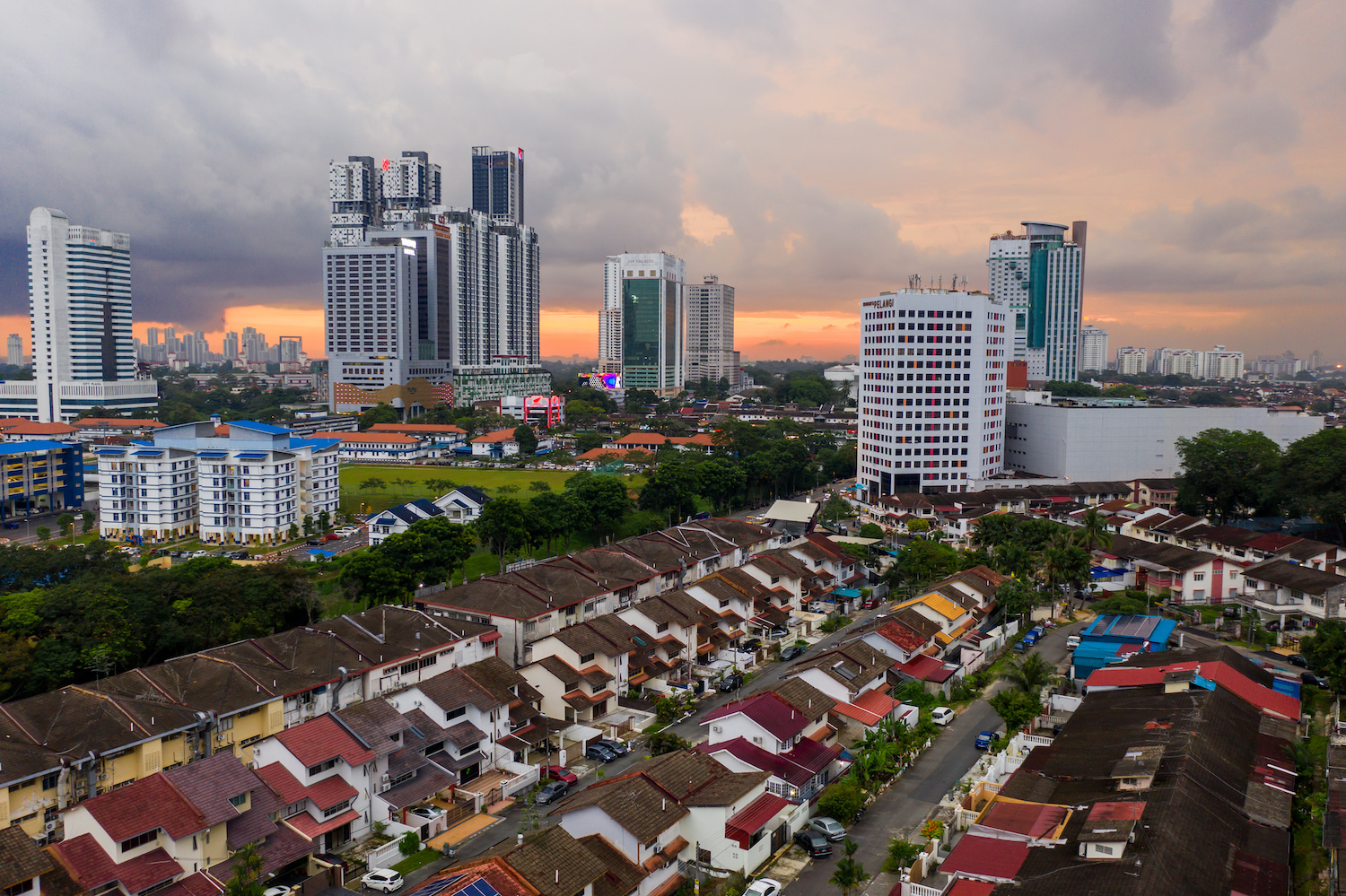
KUALA LUMPUR: Malaysia has “vastly undercounted” its poverty rate, a United Nations envoy said on Friday, warning that the government’s 0.4% poverty rate claim undermines effective policymaking and put those in need at risk.
“The rate which the government insisted is accurate, which is 0.4%, bears almost no relationship either to the reality on the ground or to the sort of poverty rate that emerges from the analysis by almost any other objective independent sources,” Philip Alston, the UN Special Rapporteur on extreme poverty and human rights, told a news conference at the end of his 11-day visit to Malaysia.
Malaysia, which aims to achieve a high-income economy status by 2024, has often trumpeted its achievements in poverty reduction. The official poverty rate has dropped significantly from 49% in 1970 to 0.4% in 2016, the last year for which figures are available.
But according to the United Nations, the national poverty line of 980 ringgit (US$235) per household per month, that translates to 8 ringgit per person per day in a family of four, is too low as the cost of living continues to soar and families are finding it difficult to make ends meet.
“This is a tragically low line for a country on the cusp of attaining high-income status, especially since a range of rigorous independent analyses have suggested a more realistic poverty rate of 16-20% and about 9% of households survive on less than 2,000 ringgit per month,” Alston said.
Insisting on 0.4%, suggesting that only 25,000 households in the entire country are poor, “ends up distorting very much the whole policy-making process”, he added.
“Despite near-universal healthcare and high school enrolment rates for citizens and a growing economy, large parts of the population are being left behind and many people living above the official poverty line are in fact in poverty,” Alston said.
He urged the government to revise the way it measures poverty to keep pace with the cost of living and to include non-citizens like migrant workers and refugees. The latter groups have no access to public school and healthcare and are not allowed to work, leaving them vulnerable to be exploited.